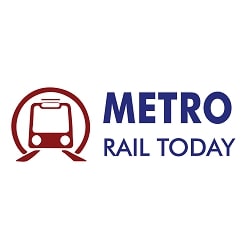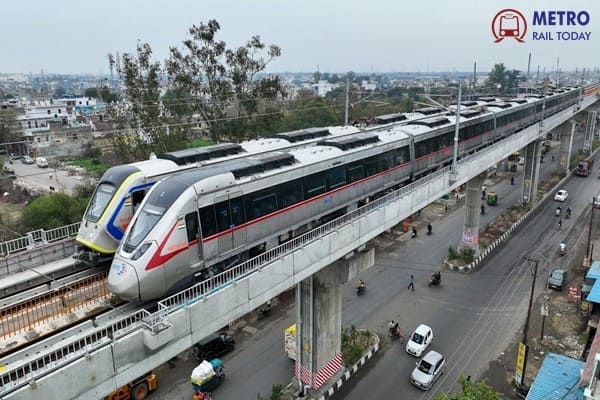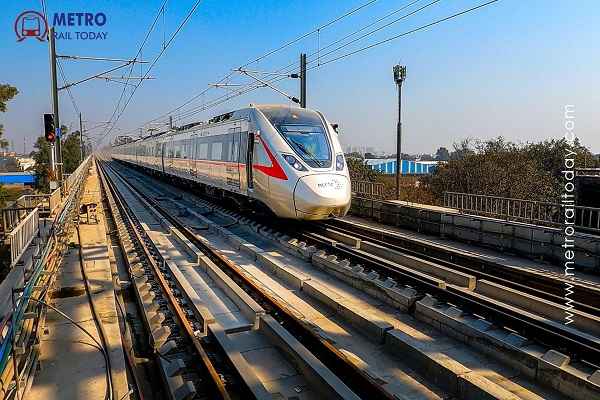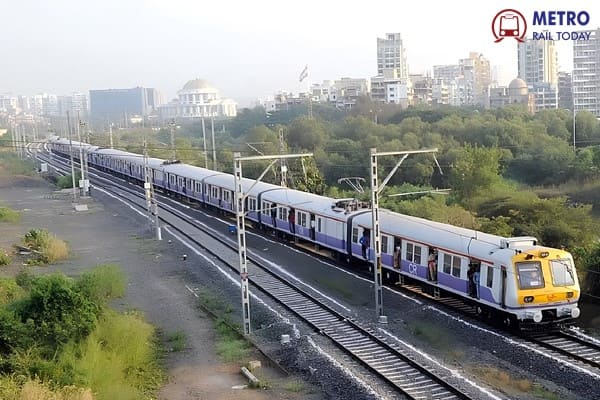 K-RIDE to float fresh civil tender after terminating L&T from Bengaluru Suburban Rail Project
K-RIDE to float fresh civil tender after terminating L&T from Bengaluru Suburban Rail Project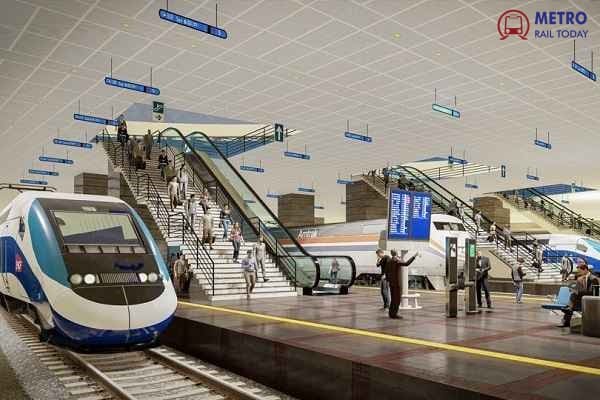 Airtel Business bags multi-year contract for Indian Railway Security Operations Centre
Airtel Business bags multi-year contract for Indian Railway Security Operations Centre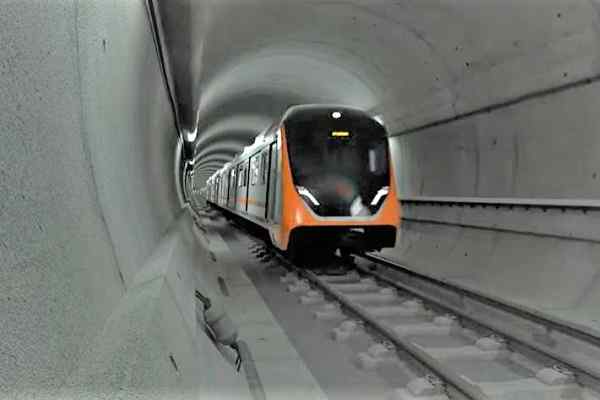 TBM Vidyarthi achieves Final Tunnel Breakthrough for Kanpur Metro Corridor 1
TBM Vidyarthi achieves Final Tunnel Breakthrough for Kanpur Metro Corridor 1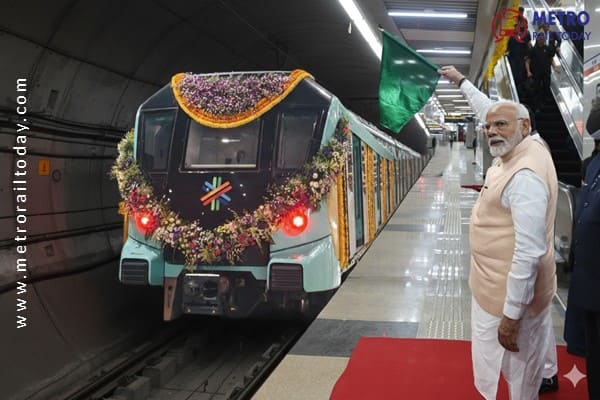 Prime Minister Narendra Modi inaugurates Final Phase of Mumbai Metro Line 3 (Aqua Line)
Prime Minister Narendra Modi inaugurates Final Phase of Mumbai Metro Line 3 (Aqua Line)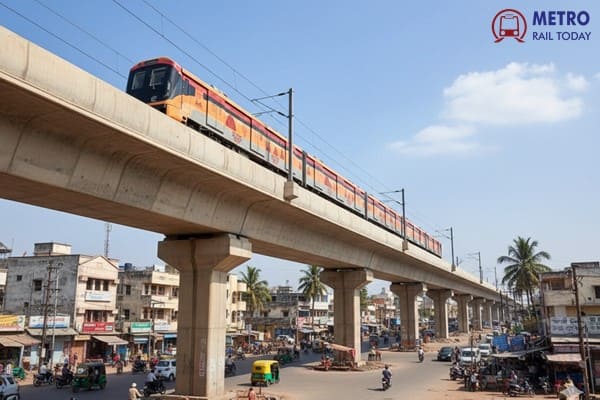 White Elephants on Rails: How Politically-Driven Metro Projects Are Draining Public Funds?
White Elephants on Rails: How Politically-Driven Metro Projects Are Draining Public Funds?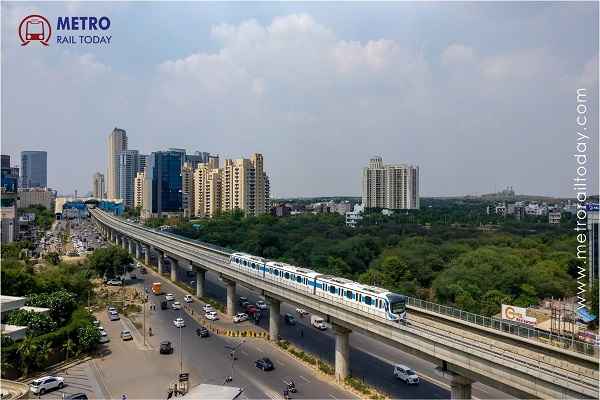 Gurugram Metro Construction Begins with First Piling Work Near Sector 31
Gurugram Metro Construction Begins with First Piling Work Near Sector 31 NCRTC and Gati Shakti Vishwavidyalaya sign MoU to boost Railway Education and Innovation
NCRTC and Gati Shakti Vishwavidyalaya sign MoU to boost Railway Education and Innovation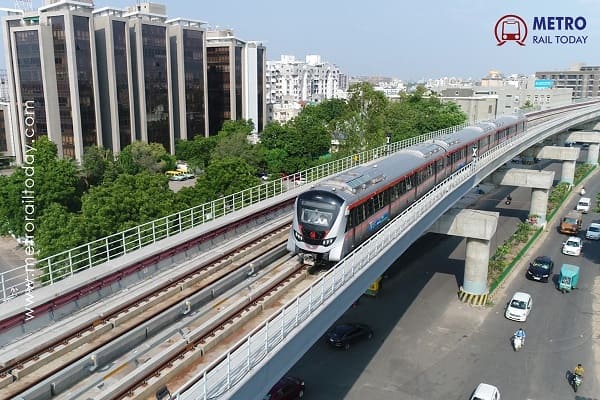 DB Engineering & Consulting partners with GMRC to shape Smart, Sustainable Surat Metro
DB Engineering & Consulting partners with GMRC to shape Smart, Sustainable Surat Metro Patna Metro Inaugurated: First Phase of 3.6-km Stretch Open to Public from October 7
Patna Metro Inaugurated: First Phase of 3.6-km Stretch Open to Public from October 7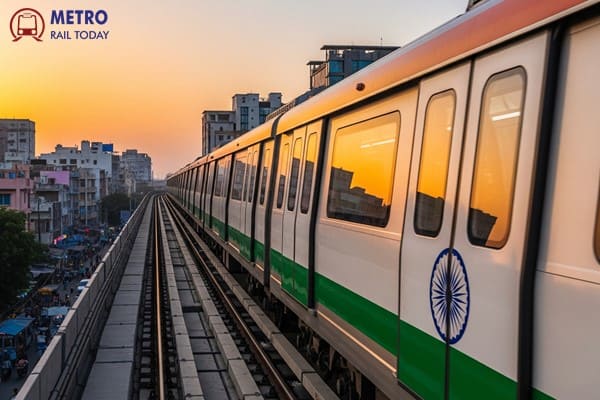 Saleem Ahmad appointed as new CMD of Rail Vikas Nigam Limited (RVNL)
Saleem Ahmad appointed as new CMD of Rail Vikas Nigam Limited (RVNL)
RRTS is not substitute for Metro Rail, both can complement each other: NCRTC Chief
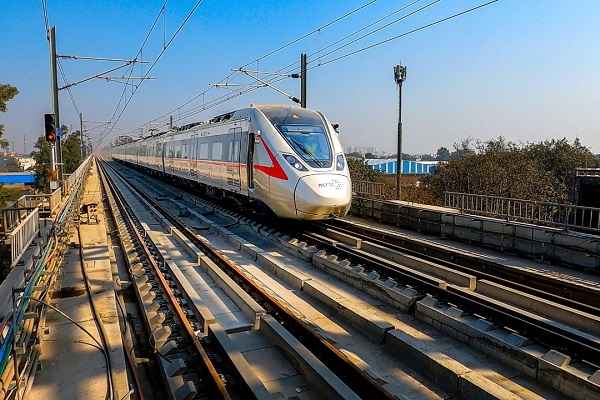
The National Capital Region Transport Corporation Limited (NCRTC) is implementing India's first semi-high-speed Regional Rapid Rail System (RRTS) between Delhi and Meerut. Vinay Kumar Singh, Managing Director of NCRTC, says RRTS is ahead of deadlines, the priority section in Ghaziabad will be ready for launch by this March and work on the Delhi-SNB corridor via Gurgaon will be taken up next. He adds talks are on to explore taking RRTS to Jaipur and Muzaffarnagar in an interview.
RRTS is introducing the concept of high-speed urban trains to India. The need for fast trains has long been long felt. Why did this take so long to materialise?
The project was conceptualised in 2006 but work started only in 2019 because it was sanctioned that year. So yes, we are a bit late, there is no doubt about that. But now that work has begun, we are ahead of schedule. The official commissioning date for the 17km priority section is June 2023 but we will be ready in March.
India is developing in urban clusters like Delhi-NCR, Mumbai-MMR, etc. This means big distances need to be covered fast. Are more cities taking a second look at their metro plans and thinking of bringing in RRTS?
I agree with you that there will be a lot of demand for the rapid rail system in the country because it offers high-speed commuting. But I don't think it will be a substitute for metro, which is for intra-city commuting in a 20-25km range. Metro and rapid rail will complement each other. You can say Delhi Metro goes farther, connecting different districts. It's an exception. When rapid rail is introduced, Delhi metro will not go for longer routes.
RRTS trains have a design speed of 180kmph, which makes them India's fastest trains. What went into designing, making these?
The train sets have been manufactured for our requirements under the Make in India initiative. The trolleys, the traction motors, the gear box and the signalling system, all of it. For the Delhi-Meerut corridor, we will be using European Train Control System Level 2 signalling, which will allow the trains to move seamlessly from one corridor to another. The train has been designed to ensure passenger comfort even at high speed. Apart from the aerodynamics, the train set is equipped with air pressure regulation systems. RRTS trains are roomy, they are taller than metro rakes.
We have seen big infra projects run into long delays. How has the RRTS corridor managed to meet its deadline so far?
We managed to do this despite pandemic restrictions because of an elaborate risk mitigation system. Projects of this magnitude get delayed because approvals and decision-making don't happen on time, besides other factors like utility shifting and finalising contracts. At RRTS, we have kept the organisation lean, scouted for good engineers and created an effective team. We listed all approvals three years in advance and a dedicated team was entrusted with the job of getting them. We surveyed the alignment many times on foot and through radar systems and were able to foresee possible stumbling blocks that were attended to before our contractors moved in.
When do you see the first Delhi-Meerut passenger train running on this line?
We have set March 2025 as the deadline for the entire 82km section, and given the pace at which work is on, we expect commissioning before that. We will commission the line in phases. After the priority section, we will keep adding stretches, preferably on the Meerut side, 20km sections every six months.
But why have a priority section commissioned without connected ends that is not likely to see too many passengers?
It is true that as of now, the priority section will neither cater to Meerut nor Delhi passengers, and that will affect footfall. We had the option to wait till 2025 but decided to open sections in phases. The benefit of phase-wise commissioning is that if there is scope for improvement, it will be done. This is India's first rapid rail project and we need to check on many parameters before commissioning the entire corridor. Secondly, operations and maintenance will be given to a private operator - Deutsche Bahn German of Germany. We can always ask them to rectify faults if any are found in the priority section.
RRTS is an expensive project. How do you see revenue collection once operations start? Will ticket fares suffice?
The corridor is being developed at an estimated cost of Rs 30,724 crore out of which the state government's share has been pegged at Rs 6,500 crore. Under the transit-oriented development policy, a 1.5km area either side of the corridor is eligible for additional FAR (floor area ratio). Revenue from that will be shared by the local development authority and NCRTC. It will be tough initially to get footfall for rapid rail because passengers take time to switch over to a new mode of commuting from traditional ones. We must add value to the fare that we will charge.
What's the cost of a Delhi-Meerut ticket likely to be?
A decision will be taken before commissioning. We have a tentative fare model ready. The fare will suit aam aadmi.
Commuting time from Sarai Kale Khan to Meerut on RRTS is expected to be 55 minutes. The drive using the DME takes nearly the same time. Will this affect footfall and revenue?
Rapid rail has a dedicated path and we will maintain the same speed throughout, which will be 100kmph or 120kmph. So, when we claim 55 minutes of commuting time, it will be 55 minutes flat. On which road can you do this?
We've seen convenience is a dealbreaker for public transport. What is RRTS doing on that count, to make it a convenient option for commuters?
Multi-modal integration with other modes of commuting is happening at Anand Vihar railway station and ISBT in Delhi. The Kaushambi bus depot is being integrated, and at Ghaziabad RRTS station, we are integrating the corridor with Red Line of Delhi Metro.
What about the other corridors that have been planned, like Delhi - SNB (Alwar) via Gurgaon, Delhi-Palwal and Delhi-Rohtak?
We are in an advanced stage and pre-construction activities for the Delhi-SNB corridor via Gurgaon are going on. Discussions are under way with the Centre for its approval. We will start work on Delhi-SNB via Gurgaon very soon.
There is talk about plans to extend the SNB corridor to Jaipur...
Not only Jaipur, there have been discussions to connect the Delhi-Meerut corridor to Muzaffarnagar. In the years to come, if the network grows, the demand for rapid rail connectivity for long-distance inter-state travel is bound to grow.
Has the possibility of linking the IGI and Noida airports via the RRTS corridor been discussed?
For IGI, we are offering rapid rail connectivity (on the Delhi-SNB corridor). In future, maybe Noida airport will also be connected.




